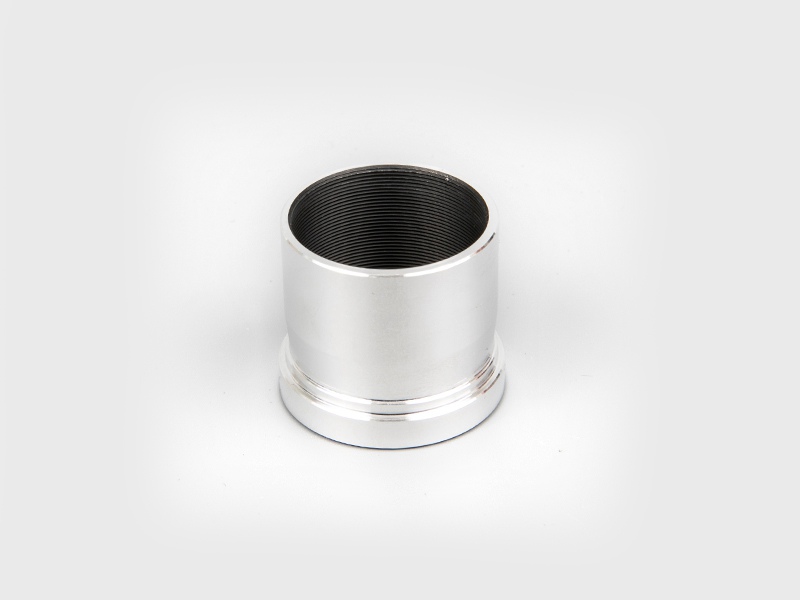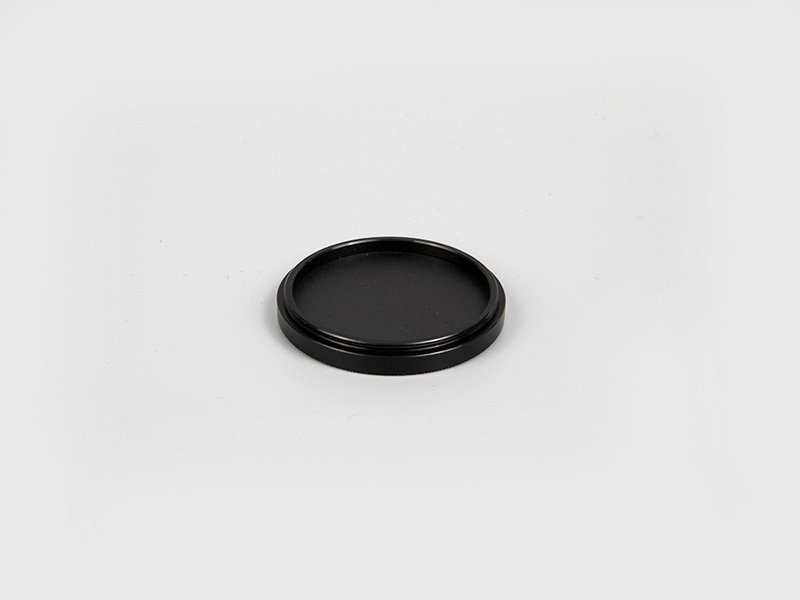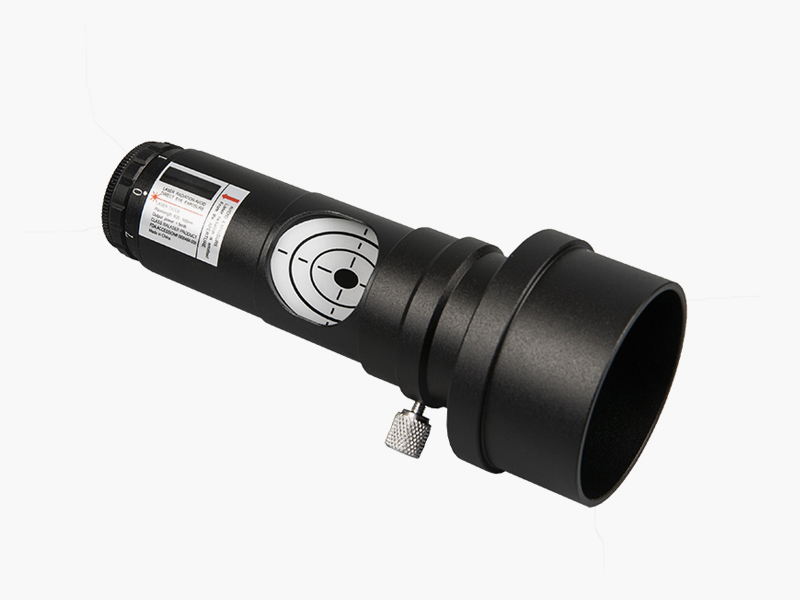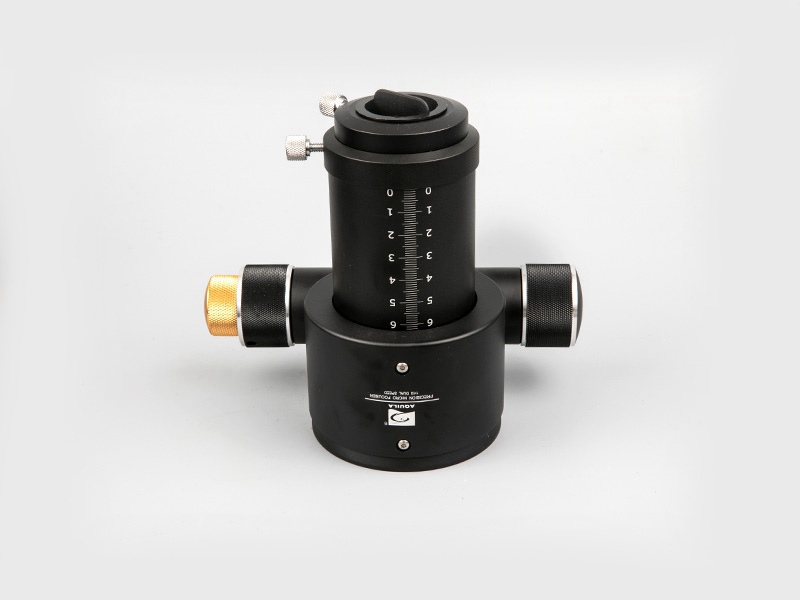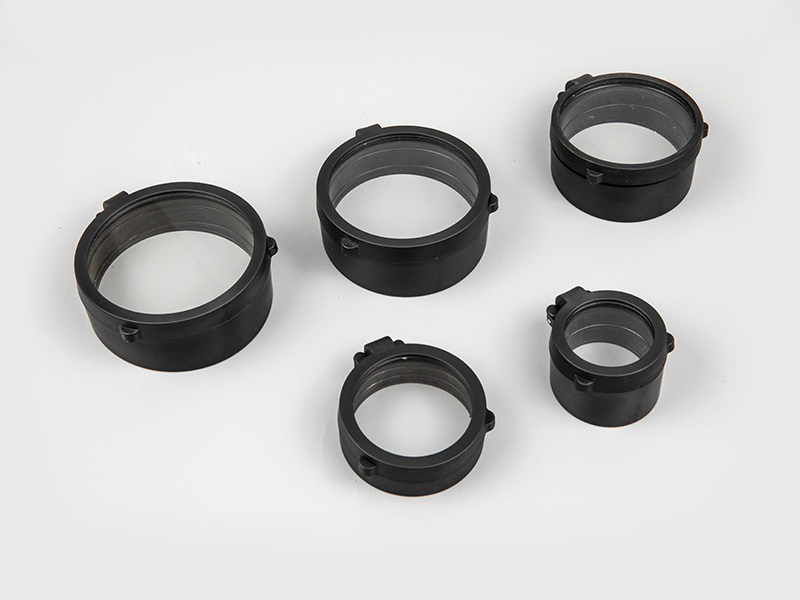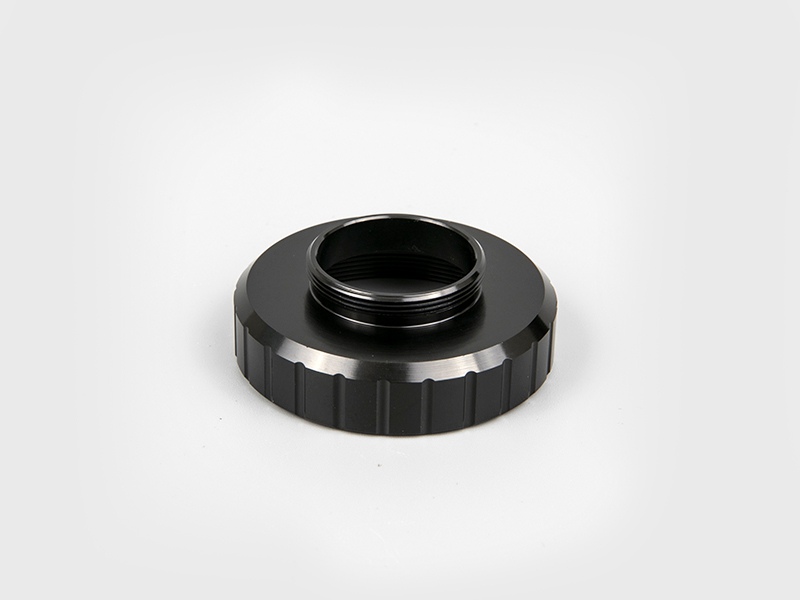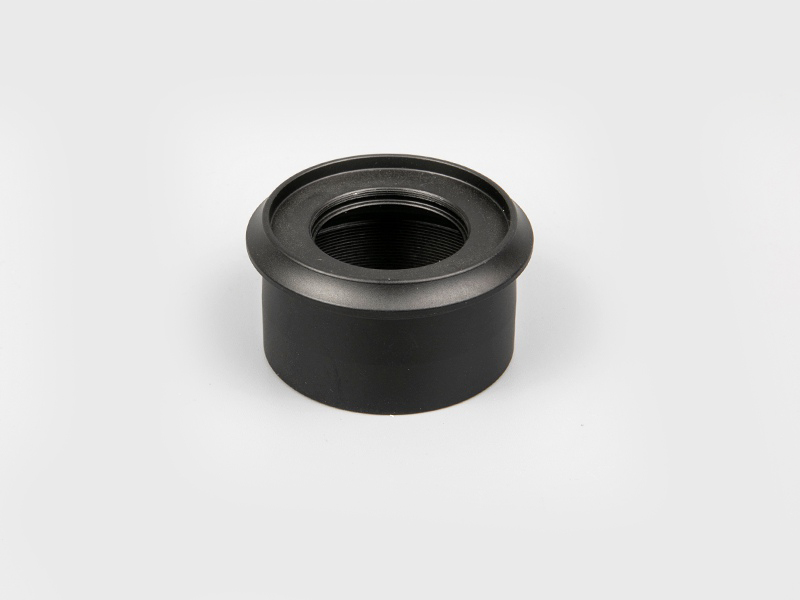Since people's discovery and understanding of the properties of light is a process of continuous development, optical telescopes also have a process from simple to complex, that is to say, it is a process of continuous improvement.
During the development of optical telescopes, the first type developed by Italian scientist Galileo was called "refracting telescopes." Its characteristic is that all telescopes use lenses. The use of the lens can deflect light out of the characteristic, so it is called "refracting telescope". This type of telescope originally used a convex lens and a concave lens. The larger convex lens faces the sky and is called the "objective lens", while the smaller concave lens is closer to the observer's eyes and called the "eyepiece". The range that the telescope can see is called the "eyepiece". field". Since its eyepiece is a concave lens, the field of view is small. Later, the German astronomer Kepler changed the eyepiece to a convex lens, which increased the field of view of the telescope and saw a larger range. However, this early Galileo telescope and Kepler telescope only used a convex lens as the objective lens, and what you see in the eyepiece is a star with blurred edges and uneven colors. Astronomers call it "chromatic aberration".
In order to eliminate chromatic aberration and see more clearly, modern refraction telescopes generally use more than two lenses to make a composite objective lens, so that the refractive properties of the two lenses are just opposite, so that most of the chromatic aberrations produced by the two can cancel each other. But this method still cannot completely eliminate chromatic aberration. For this reason, generations of astronomers have concentrated a lot of energy to study and solve this problem. In the research to solve the complete elimination, the most worthy of mention is the British scientist Newton. He conducted a meticulous study on the characteristics of light passing through the lens, and analyzed the refraction of sunlight after passing through a triangular shaped "prism", and concluded that the chromatic aberration of a refractive telescope cannot be completely eliminated. He experimented with a layer of silver plated on the surface of a concave glass mirror (like the silver bowl in a flashlight we use every day), and found that it can reflect light and converge it, and Newton tilts near the focus of the concave reflective mirror. Place a small plane mirror. In this way, the first "reflective telescope" was made using the reflective properties of light. This reflective telescope has no chromatic aberration at all, and the mirror is easier to manufacture than the refracting telescope, so it can be made very large. At present, the world's largest refracting telescope has an aperture of less than one meter, while the reflecting telescope has an aperture of up to 10 meters. However, this Newtonian reflector telescope is very inconvenient to observe because the focus is drawn to one side of the barrel.
Later, the French astronomer Cassegrain made improvements by opening a small hole in the center of the large concave reflector of the "primary mirror", and then rotating a small convex reflector called the "secondary mirror" near the focal point of the main mirror. The reflection passes through the central hole of the main mirror to reach the eyepiece. This kind of reflecting telescope is called the "Caserolin telescope". Most large-aperture telescopes in the world are of this type. We know from the front that the refracting telescope will produce chromatic aberration, and the small mirror in the middle of the reflecting telescope blocks part of the light. In order to synthesize the advantages of refracting and reflecting mirrors and avoid their shortcomings, people naturally think of researching and manufacturing another type-"reflective telescope". This type of refracting telescope was separately proposed by German optician Schmidt and Russian optician Mark Suzaff. They made a large concave reflector into a spherical surface that is easy to process, and let it (light) pass through a large "correction mirror" before the light reaches the concave reflector, so that the final light emitted from the concave reflector is not distorted as much as possible. The field of view of this refracting and reflecting telescope can be more than 10 times larger than that of the reflecting mirror.
In summary, whether the optical telescope is of refraction, reflection, or catadioptric type, it is composed of three parts, namely the objective lens, the eyepiece and the tracking system. The main function of each part is: the objective lens is the main body of the telescope. Its function is to collect the light emitted by the celestial body and make the distant celestial body form an image. The larger the aperture of the objective lens, the greater the magnification and the greater the magnification. If you can see far, you can see clearly: the purpose of the eyepiece is to amplify the celestial picture received by the eyepiece and facilitate observation; the function of the tracking system is to drive the telescope to rotate in the opposite direction at the speed of the earth's rotation to keep the telescope always aiming at the celestial body under observation .
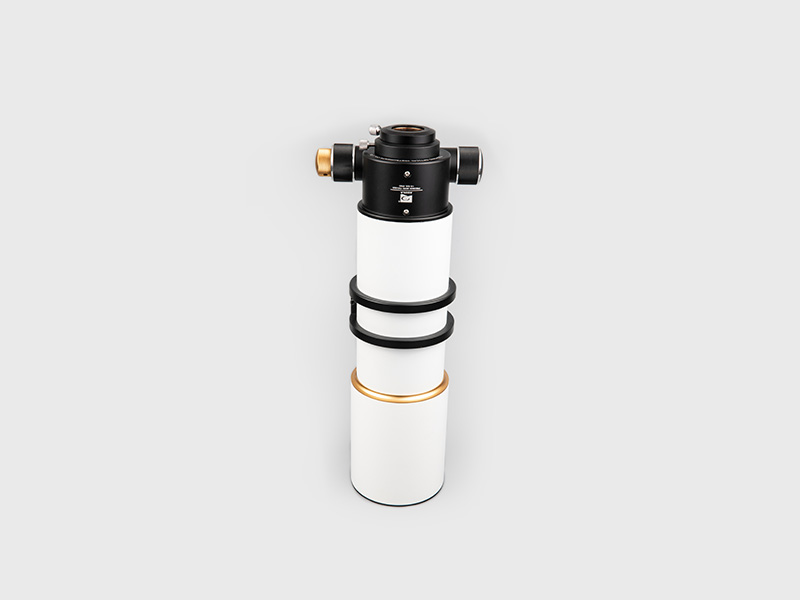

 English
English 日本語
日本語 Deutsche
Deutsche España
España
